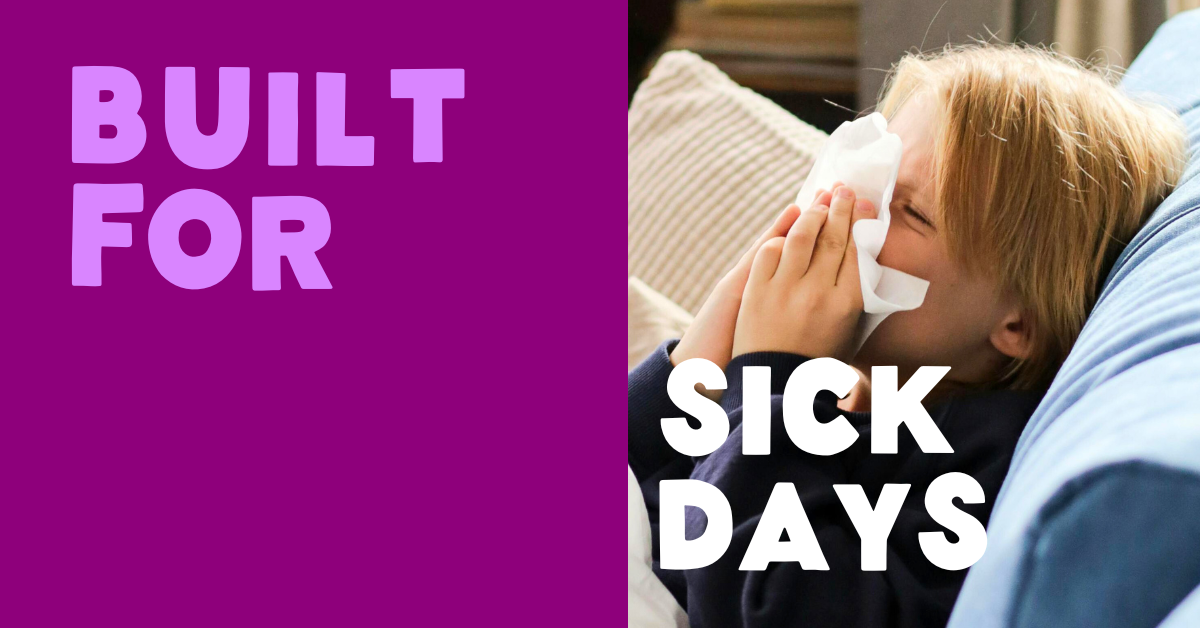Spooky season may be over, but there is still nothing more daunting than your little one crawling into your room at 3 a.m. to tell you that they “threw up” in their bed. When this enchanting midnight activity occurs, you know cold and flu season has officially arrived—it’s only a matter of days before it creeps up on you, too. So, how can you get ahead of the inevitable coughs, colds and stomach bugs (oh my!) that lay ahead this winter?
Shots, shots, shots!
No, not those kinds of shots. But if you discover that those can cure the flu, you’ll have to let us know! By shots, we mean vaccines, like the flu shot. As always, we advise consulting your pediatrician for proper medical advice and to develop a treatment plan that works for you and your little ones. According to the CDC, it is recommended that children 6 months and up receive their annual flu shot by early November. Flu shots can be administered by your pediatrician, or by a healthcare provider at your local pharmaceutical clinic. It’s important to remember that if your little one experiences some mild effects after their dose, that’s perfectly normal. These can include a slightly elevated temperature, tiredness and achiness. A flu shot will prepare your little one’s body to fight the virus if they do catch the flu this year.
Stock up on supplies ahead of time
It’s a great idea to have a small toolkit of children’s pain relievers and medicines readily available in your home ahead of time to avoid an emergency Target run. Chances are, if your kid is sick, someone else is too—avoid scouring the empty shelves by preparing a list a few weeks ahead of peak cold and flu season. As you are making this shopping list, use this time to consult your pediatrician about the best kinds of medications to buy for your little one, especially if they haven’t taken any before. Don’t forget to buy a few extra packs of tissues, hand sanitizers and room sanitizing supplies—you’ll thank yourself later.
Know the signs, especially the noisy ones
With illnesses like COVID-19, croup and RSV, one will usually develop a hefty cough that can have lots of different sounds. A barking cough, a cough that mimics that of a barking seal, is an indicator of infection by croup. Whereas wheezing can indicate an infection of RSV, respiratory syncytial virus. Knowing the difference between the sounds you hear can save you time and patience as you navigate treating your little one.



